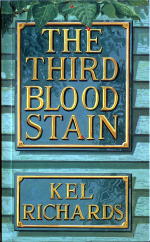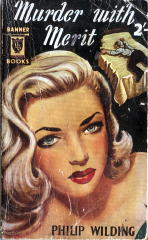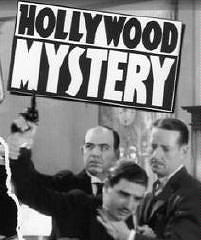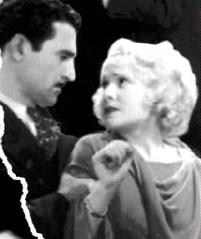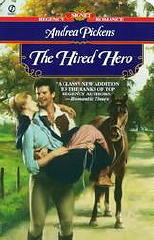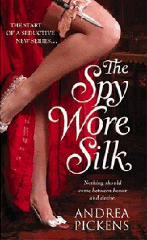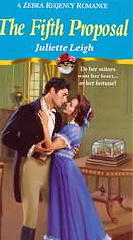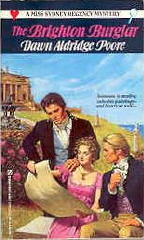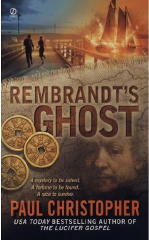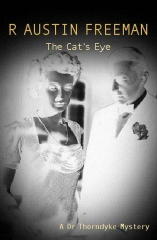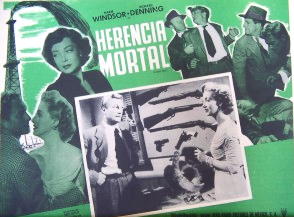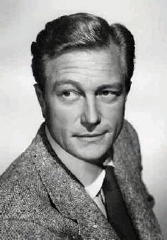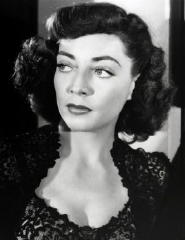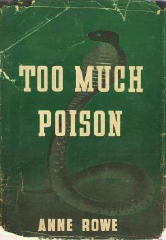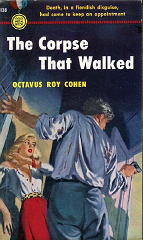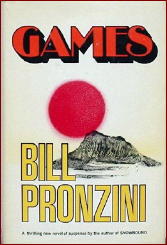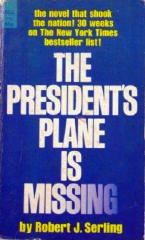Wed 4 Jun 2008
TMF Reviews by Marv Lachman: IT’S ABOUT CRIME (March-April 1979), Part Three.
Posted by Steve under Columns , ReviewsNo Comments
by Marvin Lachman
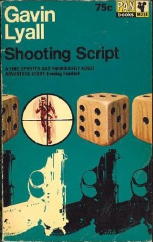
I suspect that the spy-adventure thriller will always be with us. That’s fine when books of this type are as good as Gavin Lyall’s Shooting Script (1966). Using a commercial flier as protagonist, Lyall makes a Caribbean setting and a “banana boat” revolution seem new. He provides the kind of crisp, funny first person narration many authors attempt but at which they seldom succeed.
On the other hand, I found Dark Blood, Dark Terror (1965) and Vice Isn’t Private (1966) in Brian Cleeve’s spy series re Sean Ryan to be over-rated. However, the former does provide some insights into the dilemma of modern-day South Africa. It also gives us one hilarious “Typo” when in one of the many violent scenes we read: “Sean … finished the swing of his body with his right fist hooking hard and very low into his groan.”
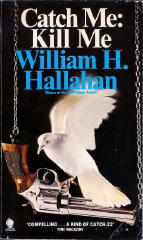
I enjoyed William H. Hallahan’s Catch Me: Kill Me (1977), a thriller which won the Edgar as best novel. Still, if this is the best book of any year, we’re in trouble. Though this story of the kidnapping of a defecting Soviet poet “grabs” the reader, it contains gratuitous violence, a lot of padding which reduces the suspense, and a weak, albeit action-filled ending.
However, Hallahan is one writer who, while using many metaphors, uses them well. Thus, one character says: “Life plays a game – like tennis… And until you die, it just keeps playing to your backhand.”
Books reviewed or discussed in this installment:
GAVIN LYALL – Shooting Script. Hodder & Stoughton, UK, hc, 1966. Charles Scribner’s Sons, US, hc, 1966. Paperback reprints: Pan, UK, 1968, plus several later printings; Avon V2309, US, 1969.
BRIAN CLEEVE – Dark Blood, Dark Terror. Series character: Sean Ryan. Hammond, UK, hc, 1966. Random House, US, hc, 1965. Paperback reprints: Mayflower, UK, 1968. Lancer 73-543, US, 1967.
—, Vice Isn’t Private. Series character: Sean Ryan. Hammond, UK, hc, 1966; Corgi, UK, pb, 1969, as The Judas Goat. Random House, US, hc, 1966; Lancer 73-621, US, pb, 1967.
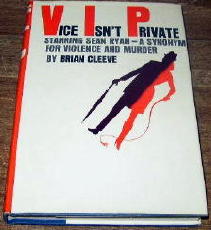
WILLIAM H. HALLAHAN – Catch Me: Kill Me. Bobbs-Merrill, US, hc, 1977. Victor Gollancz, UK, hc, 1978. Paperback reprints: Avon, US, 1978; Sphere, UK, 1980.


